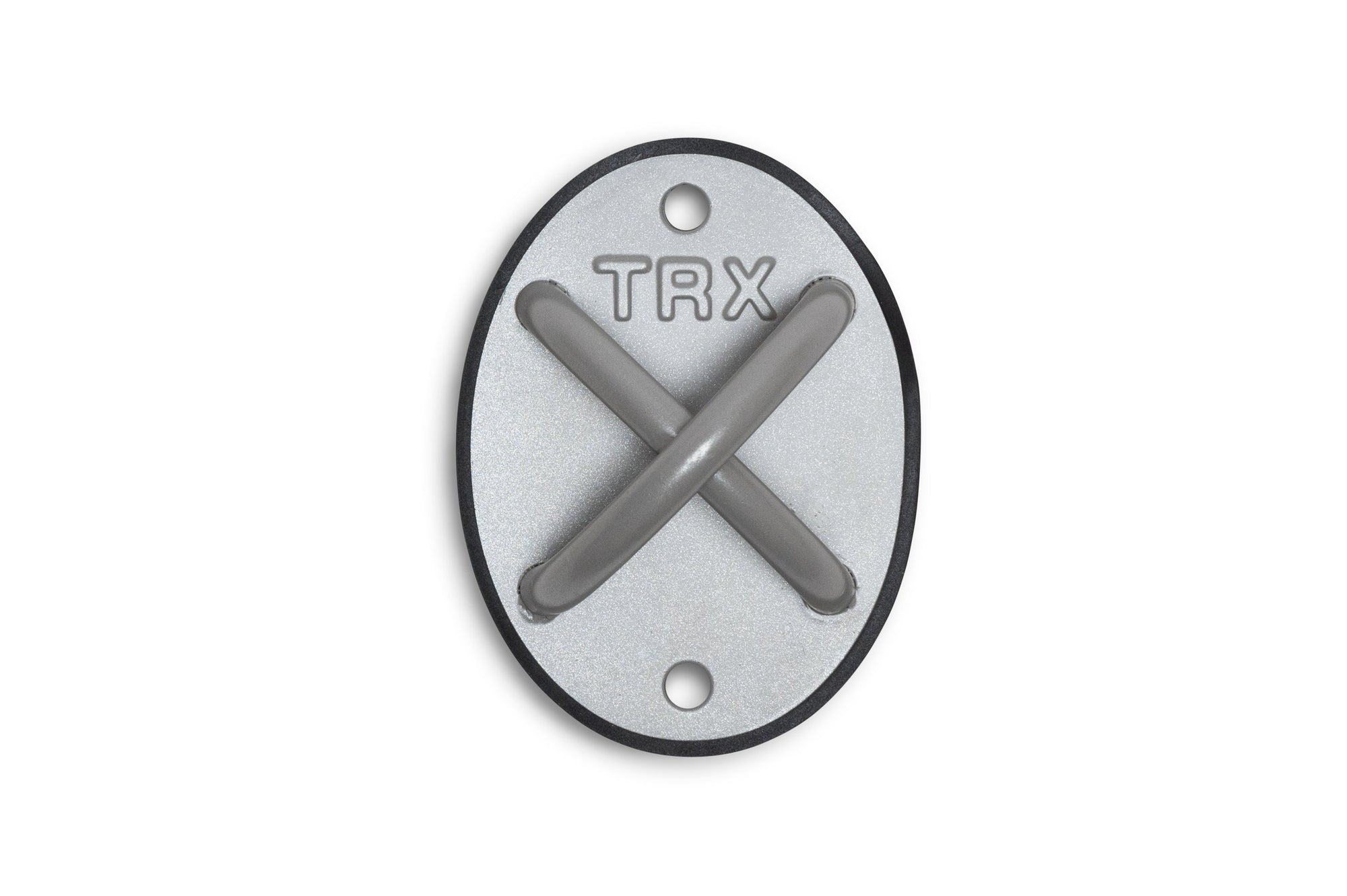One of the major mistakes people make in their fitness programs is allowing equipment to dictate the training. While we all enjoy the variety and versatility of various pieces of equipment, our training philosophy and systems should always determine which and why certain pieces of equipment are utilized.
In the case of TRX Training, we have a system of training that is built upon integration of the whole body during every exercise. The progressions of TRX Suspension Trainer drills often requires the stability of the whole body in all planes of motion. So, when we combine the TRX with other implements, we want to integrate tools and philosophies that offer similar not competing concepts. That is why programming the TRX with sandbag training can form a very comprehensive system of fitness.
In utilizing multiple training tools, we need to identify how they can fill in the “holes” of each other and how they can help teach concepts that are complimentary. In the above video, strength and conditioning coach Josh Henkin demonstrates how specific drills using both the TRX and a sandbag can help you reach your fitness goals.
Both the TRX and sandbags are based upon changing stability to enhance strength and perceived load. Manipulating leverage with TRX training may be familiar to many, but we can accomplish the same goal by changing the leverage of both body position and load position with the sandbag. Far too many times people add external load, and this philosophy of multi-planar whole body training gets lost. In order to allow incremental progression and more variables to allow successful progressions, we have far more options that we may first discover.
Options to increasing perceived load include the following:
-
Change of Speed: While many choose to try to increase speed, greatly decreasing speed may be an avenue of increasing intensity of the movement. As TRX Head of Human Performance Chris Frankel often states, “earn the progression.” This can be demonstrated by being able to display proper movement skills at much lower speeds to enhance control and isometric strength.
-
Range of Motion: While full range of motion is the desired end result of many movements, we can progressively implement varying ranges of motion to decrease or increase the perceived load.
-
Complexity: Often an overlooked component of traditional gym exercises, complexity can be a valuable tool for not only increasing the level of difficulty of the drill but the value as well. Exercise complexity can challenge movement in one plane while stabilizing in one or multiple planes of motion. An example lies in both TRX and sandbag training.
During the TRX Alternating Roll Out to Press, force is applied in the sagittal plane while being resisted in the frontal and transverse. In sandbag training, we can create the same training environment by altering the holding position and the stance of the body. Again, these are very complimentary training methods that allow more incremental progression and the ability to determine the right exercise for our clients without getting away from our core philosophy of stability, strength and mobility. See how not the random but deliberate combination of specific methods and equipment can yield higher results and reach new heights of your fitness.
Josh Henkin, CSCS is the creator of the Ultimate Sandbag™ and the Dynamic Variable Resistance Training™ program. His programs have been taught in over 10 countries and are highly sought after. Visit his website at www.DVRTFitness.com.


